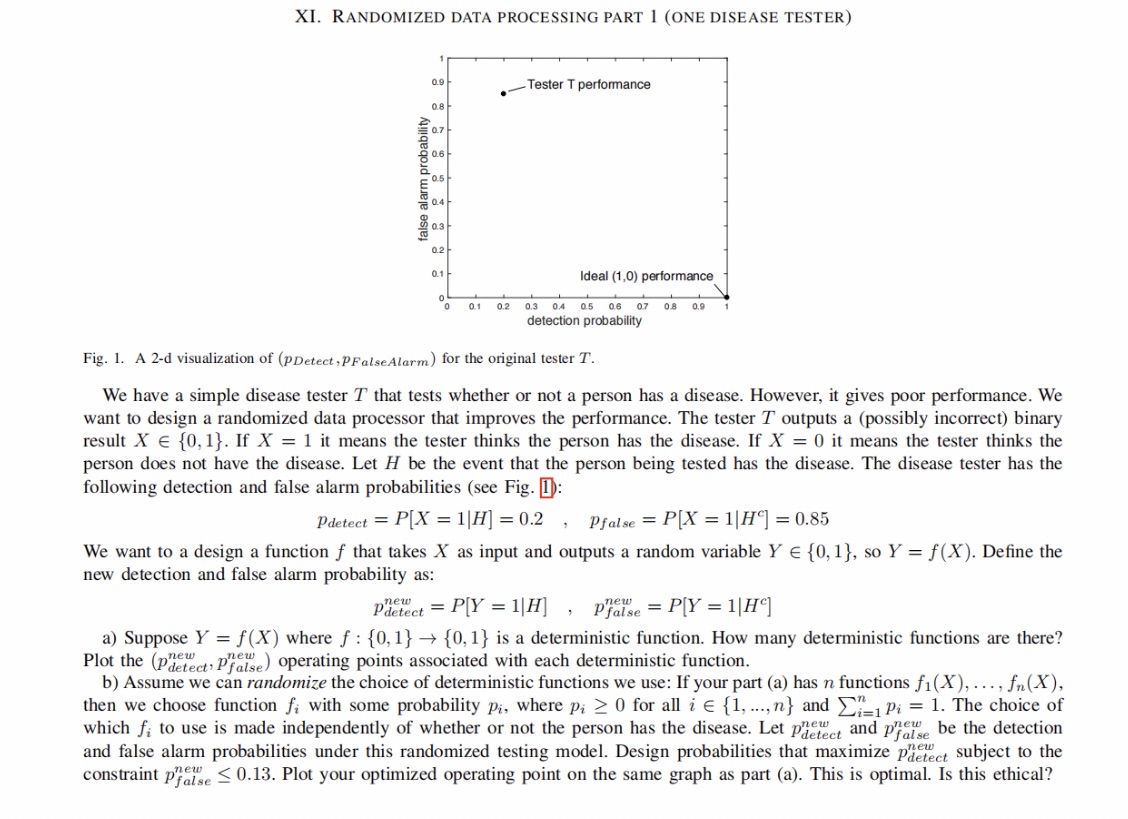Answered step by step
Verified Expert Solution
Question
1 Approved Answer
XI. RANDOMIZED DATA PROCESSING PART 1 (ONE DISEASE TESTER) 0.8 latesalarmprdaahllty 3 E 2 E 3 Ideal {1,0} pel'ionna'loe a 0 0.1 0.! 0.3 0.4

Step by Step Solution
There are 3 Steps involved in it
Step: 1

Get Instant Access to Expert-Tailored Solutions
See step-by-step solutions with expert insights and AI powered tools for academic success
Step: 2

Step: 3

Ace Your Homework with AI
Get the answers you need in no time with our AI-driven, step-by-step assistance
Get Started


